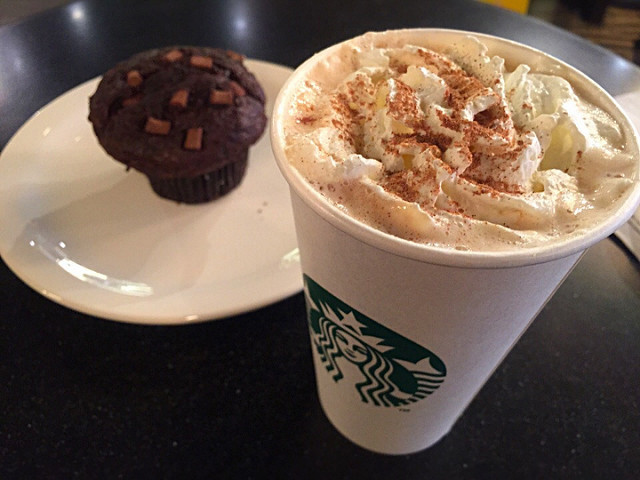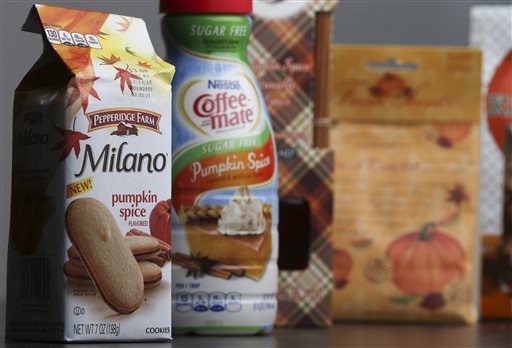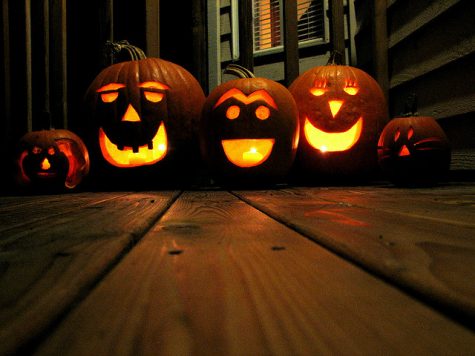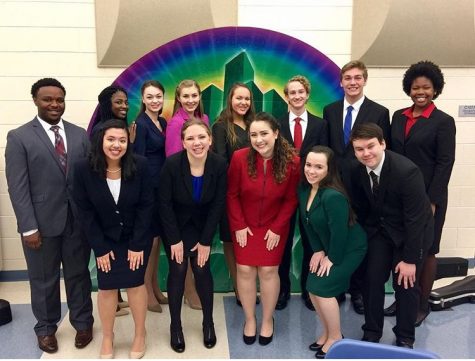Pumpkins: A History
Pumpkins
We’re used to seeing pumpkins three times a year, as jack-o-lanterns, in our coffee cups and an entire section of Target. But these wonderful round vegetables–yes, that means your pumpkin spice latte is actually a vegetable drink–have been around much longer than we expect. So today, let’s take a ride through the history of pumpkins.
They originated in Mexico 7,500 years ago and were one of the most valuable crops. Because the pumpkin’s hard shell kept the insides fresh through the long winter months.
Back then, pumpkins were used for more than just filling our stomachs. Native Americans used long dried strips of pumpkins for basket weaving and even made pumpkins into bowls and cups.

Starbucks PSL
The next monumental step in pumpkin history was during the exploration of the New World. In the 16th century, French explorers reported finding ‘gros melons’ in Canada, which later translated into ‘pompions’ and now ‘pumpkins.’ That really put pumpkins (and Canada) on the map.
After explorers brought seeds back to Europe, pumpkins slowly became more and more popular. At first, they were grown for pig feed, because the strange orange plant was deemed not suitable for human consumption. Little did they know that just across the Atlantic Ocean, the Pilgrims were sitting down for the first Thanksgiving with pumpkin pie for dessert.
But the first ‘pumpkin pie’ was nothing like what we imagine today. It was made by cutting the top off the pumpkin, and filling the hole with cream, honey, eggs, and spices. The pilgrims then buried the pumpkin in hot ashes and ate the inside like a custard! No crust, no problem.
The most popular way to eat pumpkins today is pumpkin spice. Now before you groan and complain about Starbucks, you should know they’ve sold 200 million Pumpkin Spice Lattes and have made almost 70 billion dollars off pumpkin spice since its debut in 2003. That’s the net worth of Bill Gates in a latte.

In this photo pumpkin spice products ranging from cookies and donuts to candy (AP Photo/John Bazemore)
The rest of the world has since decided to get a piece of the pumpkin pie. It has become a staple of fall in the United States. According to Nielsen data, 37% of all consumer bought a pumpkin spice product in 2015.
And there are some crazy pumpkin spice products out there. Pumpkin Spice Pringles, pumpkin hair, pumpkin spice vodka…. And the list goes on. This trend has spread from simply being in our coffee to flowing through our veins.
Another pumpkin we see every year is the jack-o-lantern, which came to the U.S. from Ireland. This old Celtic tradition used carved turnips and rutabagas to ward off evil spirits during All Saints Day. It all came from the Legend of Stingy Jack.

Jack-O-Lanterns
According to the story, Stingy Jack invited the Devil to have a drink with him. True to his name, Stingy Jack didn’t want to pay for his drink, so he convinced the Devil to turn himself into a coin that Jack could use to buy their drinks. And after that, the Devil was caught. Jack kept him in his pocket, preventing him from turning back into his original form.
Finally, the Devil promised to not bother Jack again until after his death, so Jack let him go. After Jack died, neither God nor the Devil wanted him in their realms, so the Devil sent Jack off into the dark night with only a burning coal to light his way. Jack put the coal into a carved-out turnip–which later became a pumpkin in America–and has been roaming the Earth with it ever since.
The Irish began to refer to this ghostly figure as “Jack of the Lantern,” and then simply “Jack O’Lantern.” And this tradition is now practiced all over the world on Halloween night.
Pumpkin, you’ve given us sweets, scares, and PSL. For all your benefits, we thank you.







